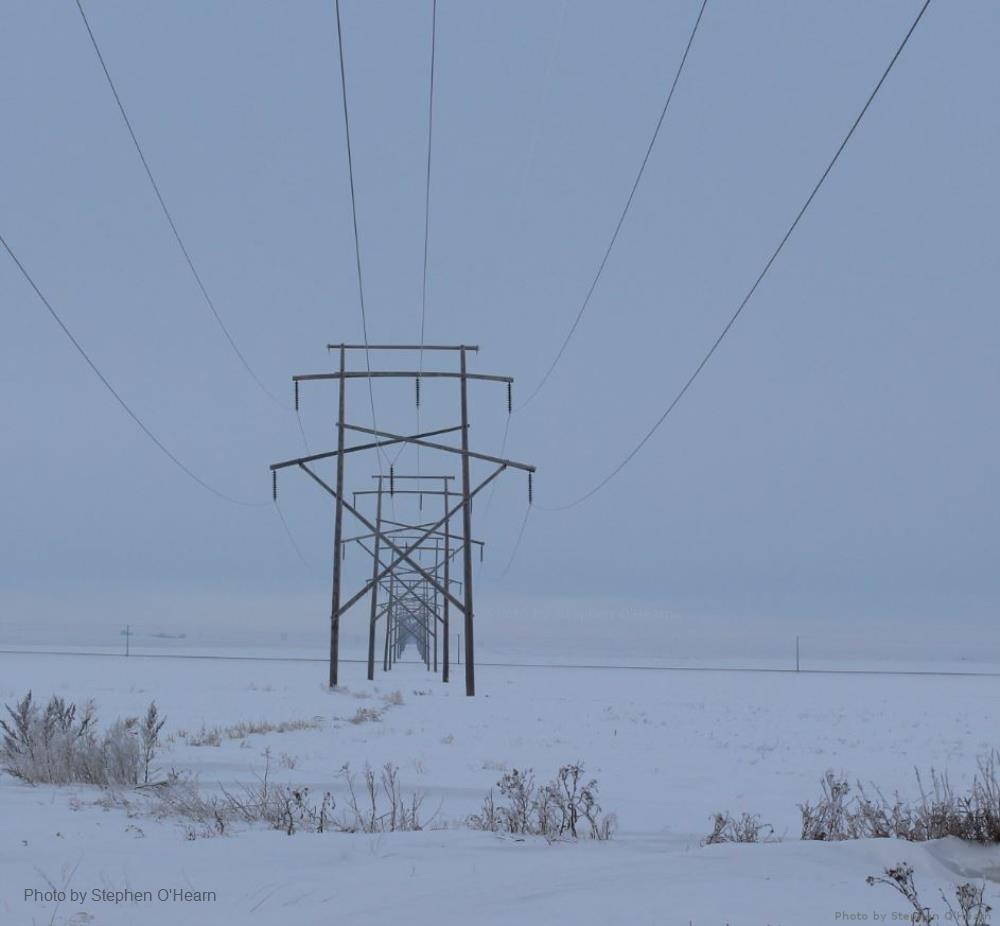
Related items loading ...
Section 1: Publication
Publication Type
Thesis
Authorship
Wilkinson, S.
Title
Ecohydrological Thresholds to High Peat Burn Severity: Implications for Peatland Wildfire Management
Year
2019
Publication Outlet
DOI
ISBN
ISSN
Citation
Abstract
Northern peatlands represent a globally significant carbon stock, equating to almost one-third of the world’s organic soil carbon. The largest areal disturbance to northern peatlands is wildfire where carbon loss, through peat smouldering combustion, is highly variable. The tightly-coupled ecohydrological nature of peatlands results in autogenic feedbacks and the occurrence of threshold behaviour. High depth of burn has been evidenced in black spruce dominated peatlands in the sub-humid Boreal Plains ecozone of Alberta, Canada so this was chosen as the area of study. A landscape-scale assessment of peat hydrophysical properties found that peat smouldering combustion vulnerability was greatest at stand-age > 80 years, in coarse/heterogeneous hydrogeological settings, and in peatland margins compared to peatland middles. In combination, and when exposed to a climatic water deficit, we found that these drivers of cross-scale variability could lead to high peat burn severity. Assessment of a partially-drained and burned peatland enabled the identification of a black spruce basal diameter threshold that corresponded to the occurrence of high peat burn severity. We suggest that the above-ground fuel load threshold could occur due to the initiation of a self-reinforcing feedback by anthropogenic disturbance or climate change. Moreover, surpassing a peat burn severity threshold can cause the breakdown of an important feedback that limits evaporation losses post-fire, likely leading to further carbon losses through increased decomposition rates and/or ecosystem regime shift. We found that although peat moisture content was increased by fuel modification treatment, combustion carbon losses were greater in fuel-treated areas compared to the control because of the addition of mulch (wood) to the surface. Hence, peatland wildfire management that integrates the modification of above- and below-ground fuels, considers ecohydrological thresholds, and drivers of cross scale variability, is required to effectively reduce the risk of high peat burn severity in black spruce dominated peatlands.
Plain Language Summary
Section 2: Additional Information
Program Affiliations
Project Affiliations
Submitters
Publication Stage
N/A
Theme
Presentation Format
Additional Information
PhD, McMaster University, Boreal Water Futures


 GWFNet
GWFNet Master
Master Data
Data Research
Research Map
Map
 Advanced
Advanced Tools
Tools
 . . .
. . .
 Metadata Editor
Metadata Editor
 Record List
Record List
 Alias List Editor
Alias List Editor
 Legacy sites
Legacy sites